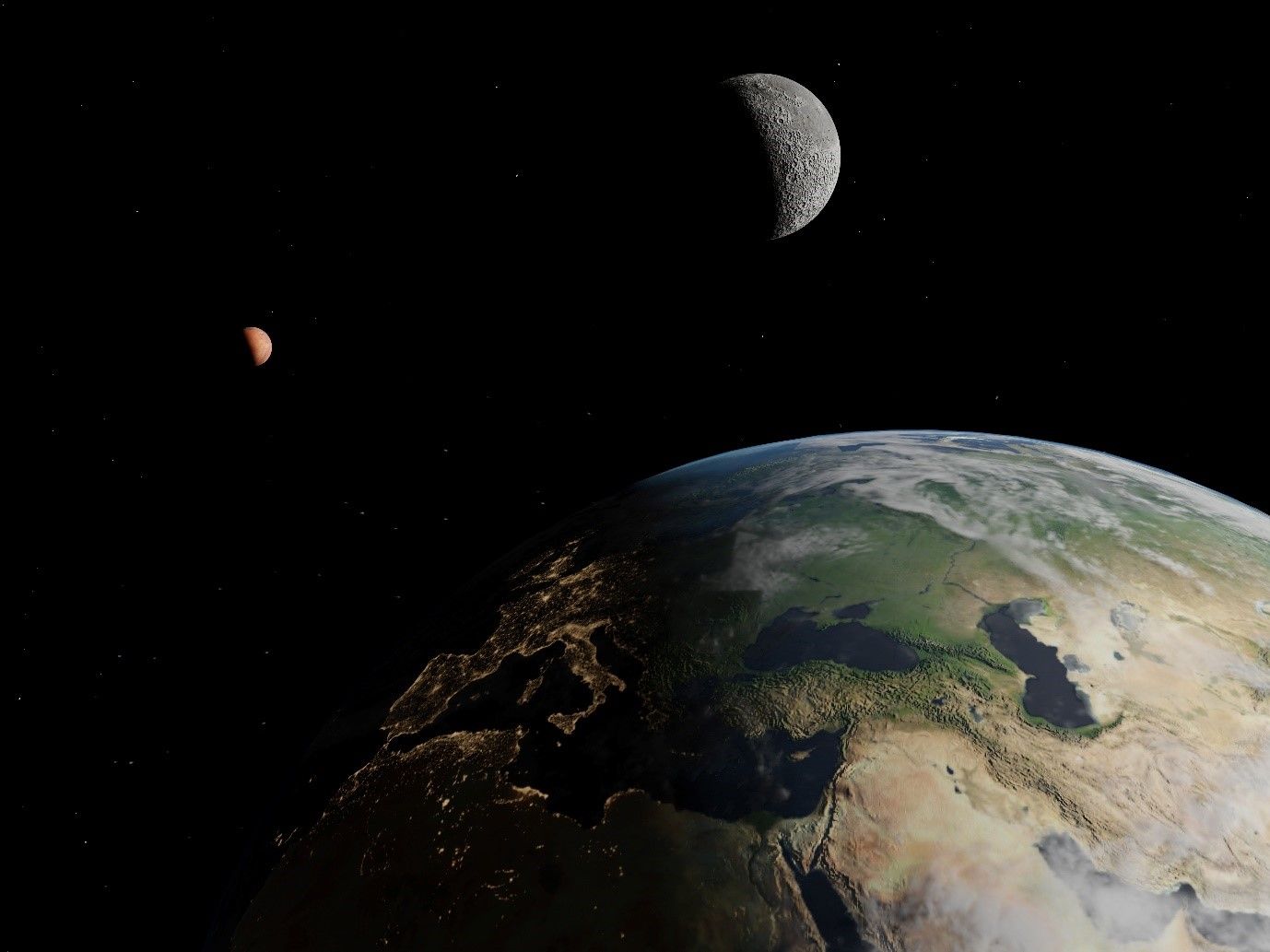NASA’s Apollo 16 and 17 lunar missions landed on the Moon in April and December of 1972. Had either arrived in August, the astronauts would have been at very great risk of death from a potentially fatal dose of radiation from a solar storm.

A close-up of a solar outburst. During phases of strong activity, the Sun spews out energetic particles, changing the radiation environment of wide swaths of the inner solar system. Credit: Stocktrek Images/Getty
As global space agencies prepare to send astronauts on long-term missions to the Moon and Mars, understanding the risks to their health is paramount. The Sun is the source of one of the biggest threats, by occasionally erupting and spewing out high energy particles in ‘solar energetic particle’ (SEP) events.
Physicist, Jingnan Guo, and her team at the University of Science and Technology of China are figuring out how to forecast SEP events and predict where the ejected radiation would strike1.
Recently, Guo’s team led a global effort to study a massive SEP event that occurred in October 2021. An international fleet of spacecraft, landers and rovers pitched in to collect radiation data. These included the Chinese Chang’E-4 Moon lander, NASA’s Lunar Reconnaissance Orbiter, the European Space Agency’s ExoMars Trace Gas Orbiter (TGO) and NASA’s Curiosity Mars rover, as well as Germany’s Eu:CROPIS Earth orbiter.
For what may be one of the very few times in history “the observation of this solar event has united nations across the world,” Guo says.
Beyond Earth’s protection
Earth’s magnetic field and atmosphere deflect or absorb incoming radiation. But out in space, astronauts are exposed to radiation, which could cause fatal internal bleeding, and DNA damage.
With warning, however, astronauts could protect themselves. They could hurry into quarters with radiation-blocking walls, or don protective radiation-proof suits.

Earth, Mars, and the Moon have all detected traces of high-energy particles, which were produced by intense solar activity that occurred in 2021. Credit: MASTER/Getty
An opportunity to further understand SEP events to develop early warning systems, came with the solar storm on 28 October 2021.
That solar storm was so strong, it created simultaneous spikes in the levels of energetic particles detected on Earth, the Moon and Mars — even though Earth and Mars were approximately 350 million kilometers apart, on opposite sides of the Sun.
Guo’s team first analyzed the data on radiation doses received in all three places from the 2021 event. Then, using tools that simulate the propagation of radiation in space, they built models to predict the radiation doses that the Moon and Mars received from historically large SEP events going back to February 1956.
The researchers found that, despite its strength, the 2021 event would not have harmed astronauts on the surface of the Moon or Mars. Nonetheless, Guo says that on average, one SEP event every 5.5 years would exceed safe radiation levels on the Moon for astronauts not wearing radiation-proof suits.
Walking on Mars
Mars doesn’t have a protective magnetic field like Earth’s, but it does have a thin atmosphere which seems to offer some limited protection against solar radiation. Guo and her team concluded that the radiation produced by any of the SEP events they studied would not have harmed humans on Mars.
But researchers are still far from making timely and accurate predictions of solar eruptions.
“Predicting the trajectories of SEPs through interplanetary space filled with turbulent magnetic fields is non-trivial,” Guo says. She believes that understanding these trajectories would be among the biggest hurdle for scientists to properly forecast SEP events for protecting astronauts.
“We need to continue to improve our understanding and prediction capabilities,” Guo says. “We were lucky with the Apollo missions, but we may not be lucky forever.”
Reference:
1.Guo,J.,et al.Geophysical Research Letters 50,e2023GL103069.
https://doi.org/10.1029/2023GL103069